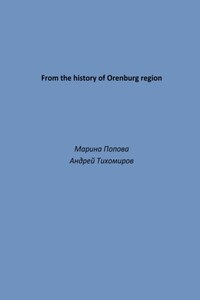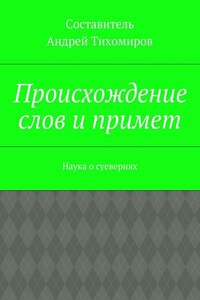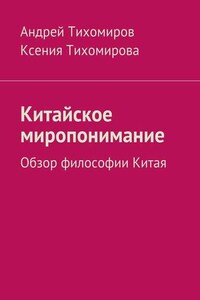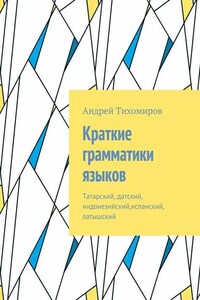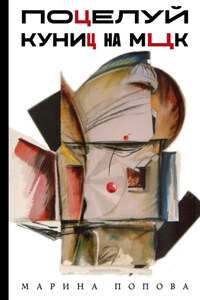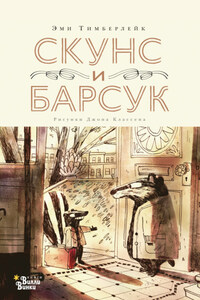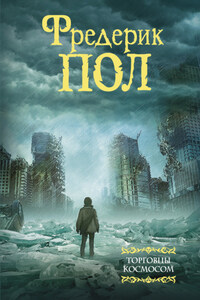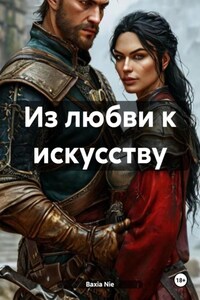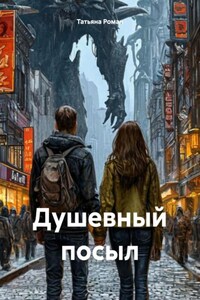The country of the cities of the Southern Urals
For a very long time, such a linguistic community of ancient people has been formed on the territory of the Southern Urals, as they later became known as the Indo-Europeans. This is about the 8th-5th millennium BC, in the 4th-3rd millennium BC this community began to disintegrate, later they were divided into the Eastern language group (Iranians, Armenians, Tajiks, Indians, etc.), Western European (Greeks, Germans, Romance peoples, etc.), Slavs (Russians, Bulgarians, Poles, etc.), Balts (Prussians, Lithuanians, Latvians, etc.). For many millennia, peoples disappeared, appeared, and assimilated with other ethnic groups, in particular, with the Finns and Turks.
Traces of the former community are visible everywhere. For example, in the Slavic and Iranian languages there are many common words and concepts – god, hero, wealth, hut, boyar, lord, axe, dog, etc. They all came to us from the ancient Indo-Europeans. This commonality is also visible in applied art. In embroidery patterns, in decorations on clay vessels, a combination of diamonds and dots was used everywhere. In the areas of settlement of Indo-Europeans, the domestic cult of moose and deer has been preserved for centuries, although these animals are not found in Iran, India and Greece. The same applies to some national holidays – for example, to bear holidays, held by many peoples during the spring days of the bear's awakening from hibernation. All these are traces of the northern ancestral homeland of the Indo-Europeans, in the area of the modern Arctic Ocean, whose climate was warmer thousands of years ago.
These peoples have a lot in common in religious cults. Thus, the Slavic pagan god Perun the thunderer is akin to the Latvian-Lithuanian Perkunis, the Indian Parjanya, the Celtic Perkunia. And he himself is very reminiscent of the main Greek god Zeus. The Slavic pagan goddess Lada, the patroness of marriage and family, is comparable to the Greek goddess Lata.
The concept of "civilization" has many meanings, but the main thing is the emergence of something new and progressive that helps to move development forward.
And now the traces of the most ancient civilization are gradually being found by scientists within the greater Urals. The most ancient idol known today is the "Shigir idol". The museum exhibit "The Great Shigir Idol" is considered to be the oldest wooden sculpture on the planet, which, according to scientists, is 10,000 years old. The value of the Shigir idol in monetary terms is not even imaginable. There is no doubt that today it is the most significant relic not only in the Sverdlovsk region and Russia, but also on the whole planet.
